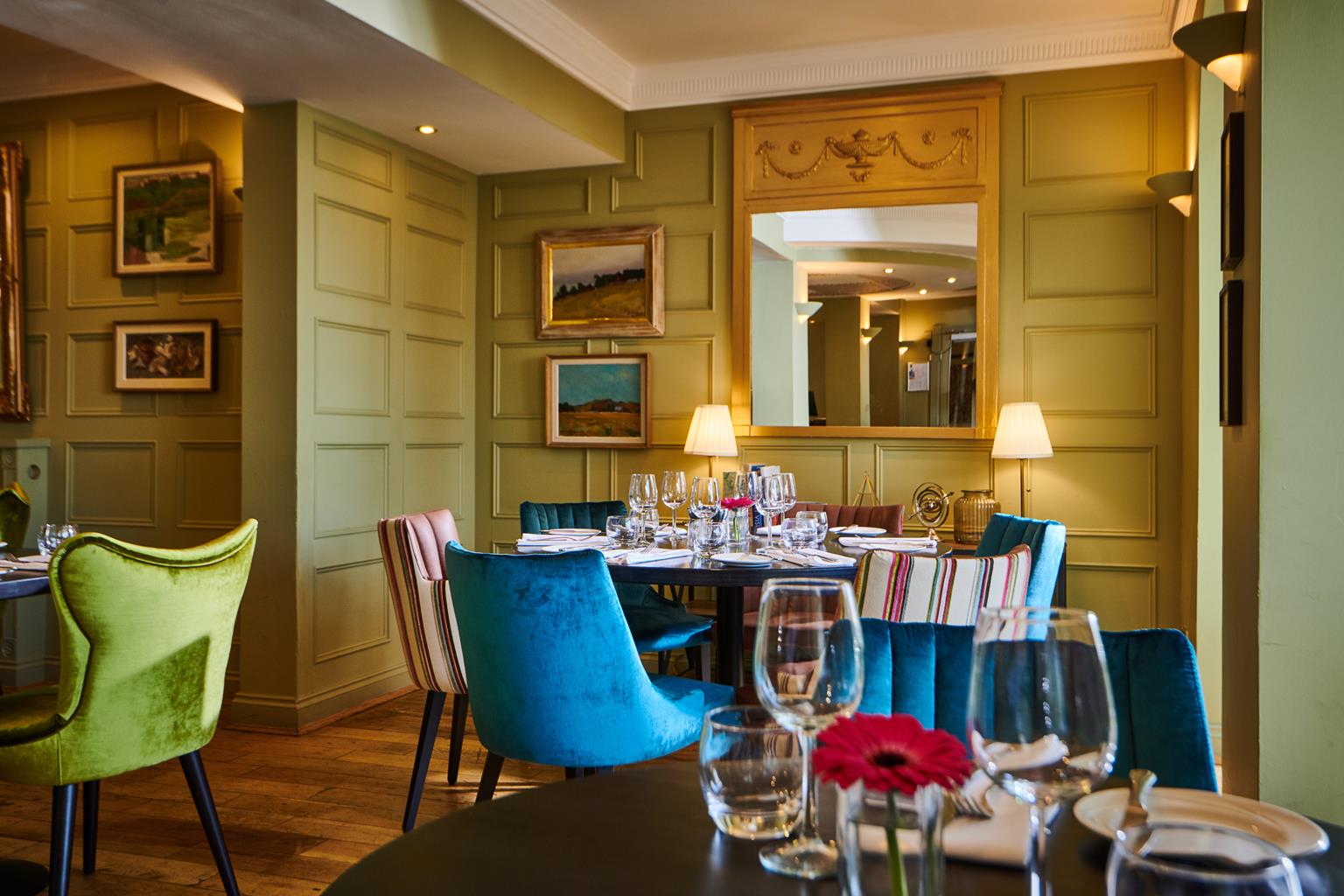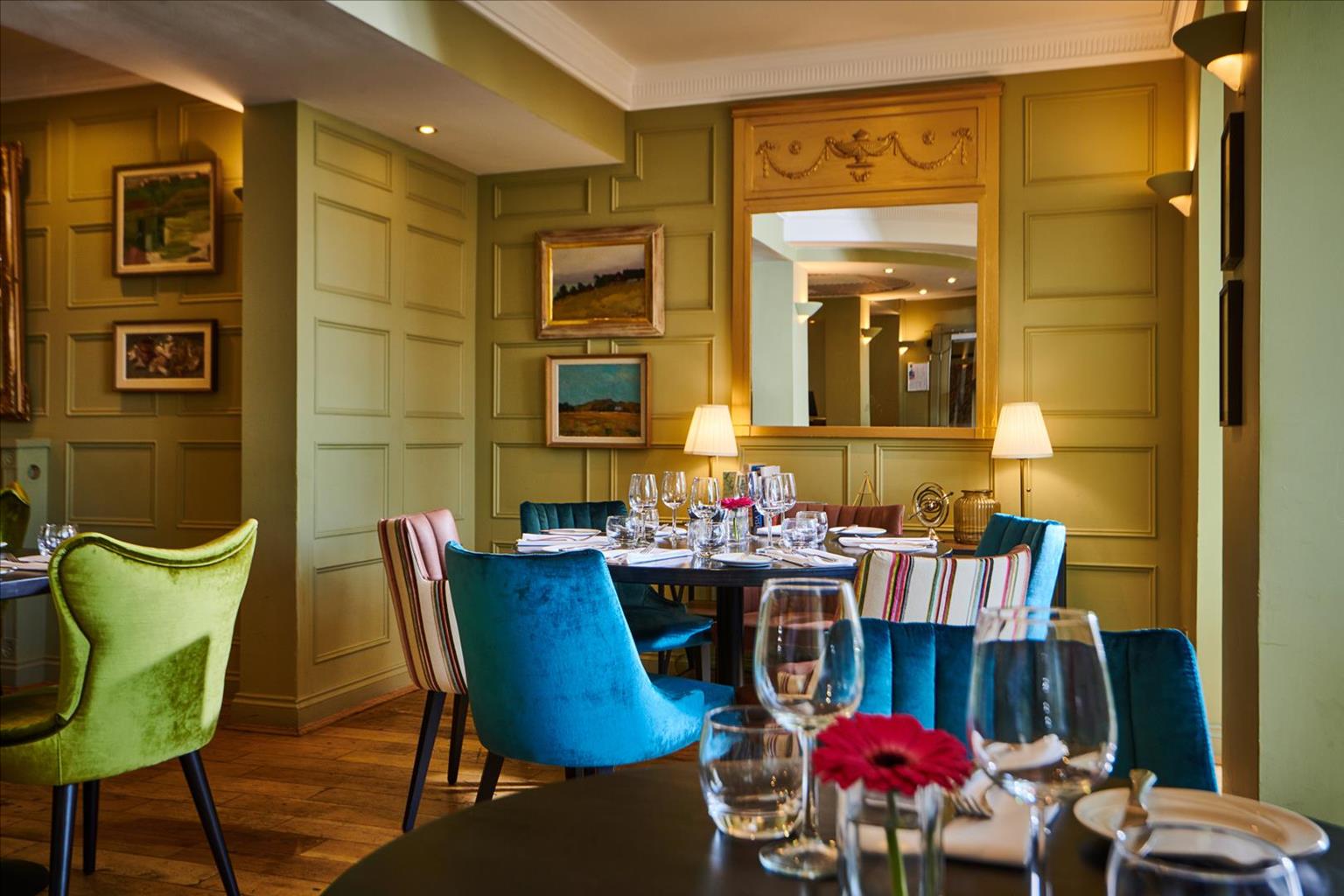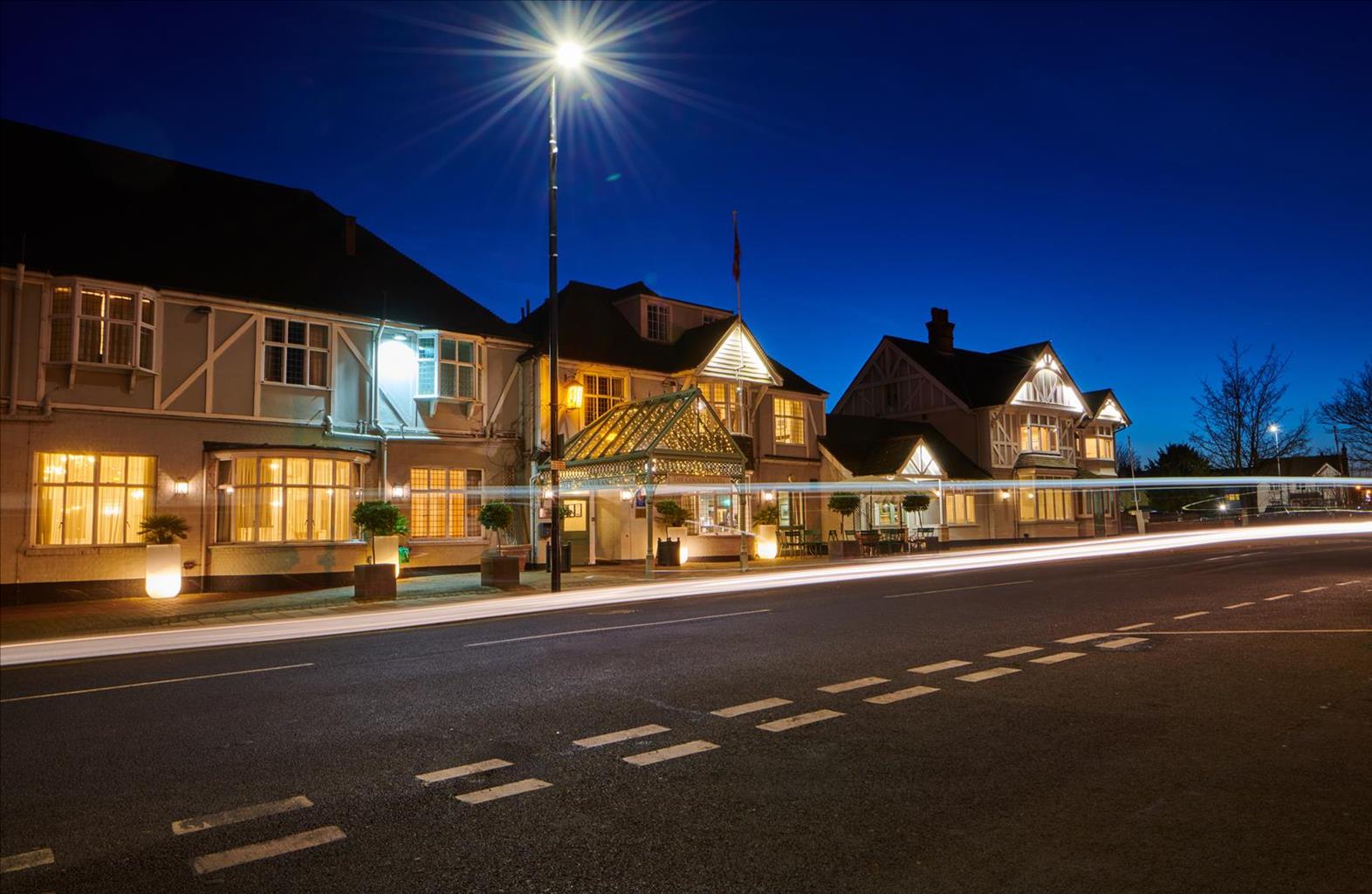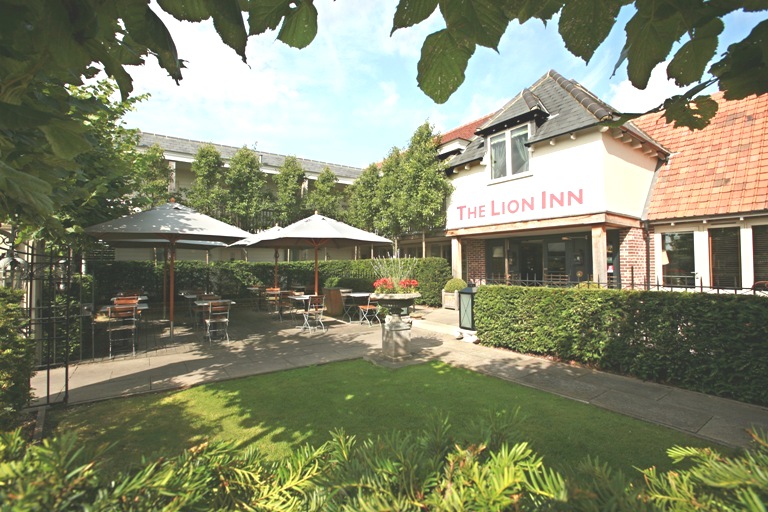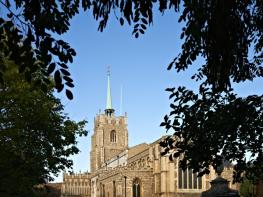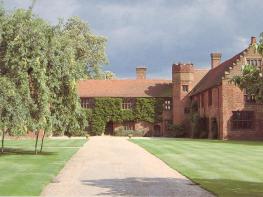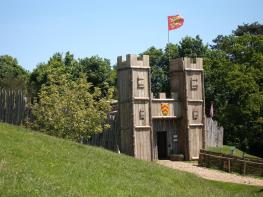The Pig & Truffle offers three well appointed en suite rooms, with a range of extra…
Essex Way: Pleshey to White Notley

13.6 miles (21.9kms)
About the walk
While Essex has for many the reputation of being a land of commuters and slightly seedy seaside towns, the route of the Essex Way sees nothing of this, being almost completely confined to idyllic rural English countryside, with views that probably have not changed too significantly in the last 100 or so years. The Essex Way is a walk very much about history, and it is the townships and buildings on the route which provide most of the interest along the path. This section takes the walker through a series of old villages and hamlets whose composition has changed little over the centuries and ends near Cressing Temple, founded by the Knights Templar.
Walk directions
The route takes the walker through the very picturesque village of Pleshey, to the eastern side just before Walthambury Brook. From here, the path heads due east across a number of low-lying fields beside a small stream, past a couple of small reservoirs, to the village of Great Waltham. This pleasant settlement on the banks of the River Chelmer may be a good place to pick up provisions, as it is the only place for some time with any shops. For those with an interest in historical inns, the 14th-century Green Man in Howe Street may be a place to visit. There is a long history of imbibing in Great Waltham; it was the site of a vineyard in Norman times.
The path crosses the main road just north of the village, and then proceeds through the grounds of Langleys Park and Chatham Hall.
This part of the path is well signposted, and continues northeast over pleasant fields to Chatham Green, up the road to Liberty Hall and then over more fields to Little Leighs. All the way, it is more or less parallel to the busy A131, which runs along the course of an old Roman road. The church at Little Leighs
is worthy of a visit, principally to admire the early 14th-century carved oak figure of a priest in cope, scarf and alb.
From the church, the route follows the road around the block to avoid walking any distance alongside the A131, and then passes beneath this main road to pick up the River Ter. It then follows the banks of the river southeast over more fields to Lyons Hall.
Here, the route leaves the riverside and proceeds in a northeasterly direction, along a track and then through open fields, to the village of Fuller Street.
The route turns south, then east past Sandy Wood to the small village of Terling, famous for its associations with the ubiquitous Friesian cow. The prefix Terling occurs frequently in the pedigrees of individuals of this breed, as a reminder and tribute to the work of Edward Strutt of Terling, pioneer of modern milk production and, in the opinion of many of his contemporaries, the greatest agriculturalist of his day. (Strutt’s brother, incidentally, was the 3rd Lord Rayleigh; the mathematician famous for his work on wave motion and vibrating systems.)
Before entering Terling the route zig-zags north to Fairstead, whose church spire can be seen from some way off.
Turn right at the church and then proceed uphill to the T-junction and southeast on the Terling road. About 300yds (275m) down this road, a farm track on the left passes Troys Hall and continues for about a mile (1.6km), eventually reaching Maltings Farm, just south of White Notley.
While it may be quicker to go straight up the road to the village, it is more pleasant to continue northeast along what looks like a private drive, then over a field to the River Brain. The path follows the river northeast into White Notley, emerging at the road just below the railway station.
Additional information
Field and woodland paths, road, farm tracks, short section of riverside path
Farmland, villages, river, woods
This is mostly off-road but a lead should be used near livestock
OS Explorer 183
On street in Pleshey
None on route
WALKING IN SAFETY
Read our tips to look after yourself and the environment when following this walk.
Find out more
Also in the area
About the area
Discover Essex
Essex is full of pleasant surprises. It has the largest coastline of any county in England, with its fair share of castles, royal connections and scenic valleys. Take Colchester, for example, which was built by the Romans and is Britain’s oldest recorded town. Its castle contains the country’s largest Norman keep and yet, a stone’s throw from here, East Anglia’s newest arts centre promises to put Colchester firmly on the map as Essex’s capital of culture.
Tidal estuaries are plentiful and their mudflats offer migrating birds a winter feeding place. Essex was known as the land of the East Saxons and for centuries people from all over Europe settled here, each wave leaving its own distinctive cultural and social mark on the landscape. Walking a little off the beaten track will lead you to the rural retreats of deepest Essex, while all over the county there are ancient monuments to explore:
- the great Waltham Abbey
- Greensted, thought to be the oldest wooden church in the world
- the delightful village of Pleshey has one of the finest examples of a former motte-and-bailey castle
- Hedingham Castle, magnificently preserved and dating from the 11th century.
Nearby stays
Restaurants and Pubs
Nearby experiences
Recommended things to do
Why choose Rated Trips?
Your trusted guide to rated places across the UK
The best coverage
Discover more than 15,000 professionally rated places to stay, eat and visit from across the UK and Ireland.
Quality assured
Choose a place to stay safe in the knowledge that it has been expertly assessed by trained assessors.
Plan your next trip
Search by location or the type of place you're visiting to find your next ideal holiday experience.
Travel inspiration
Read our articles, city guides and recommended things to do for inspiration. We're here to help you explore the UK.



